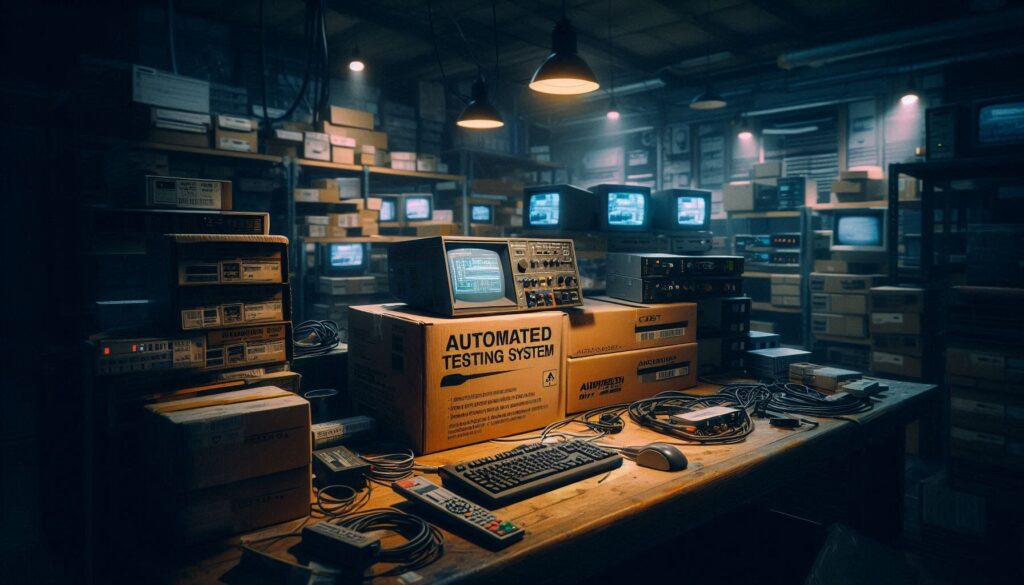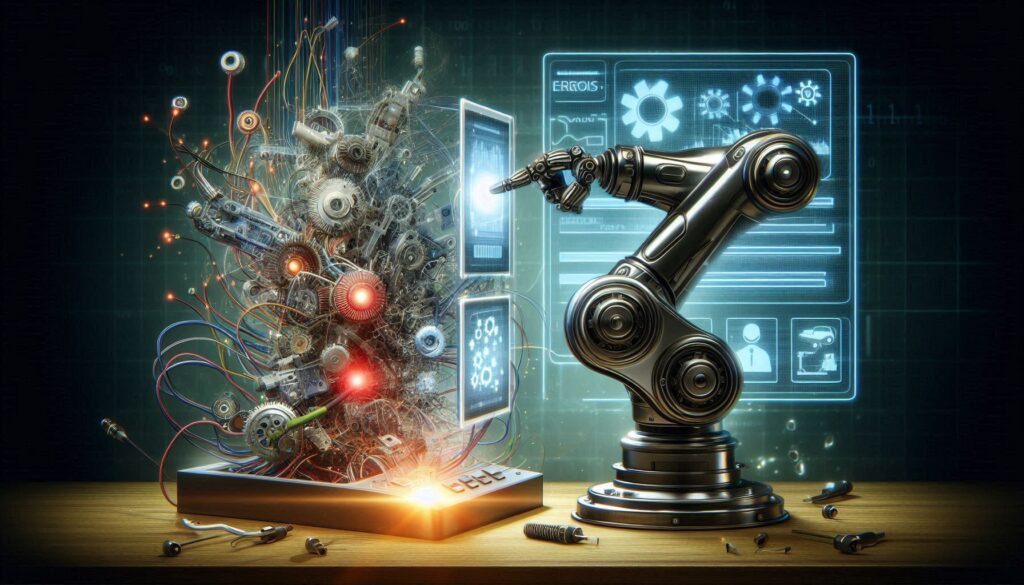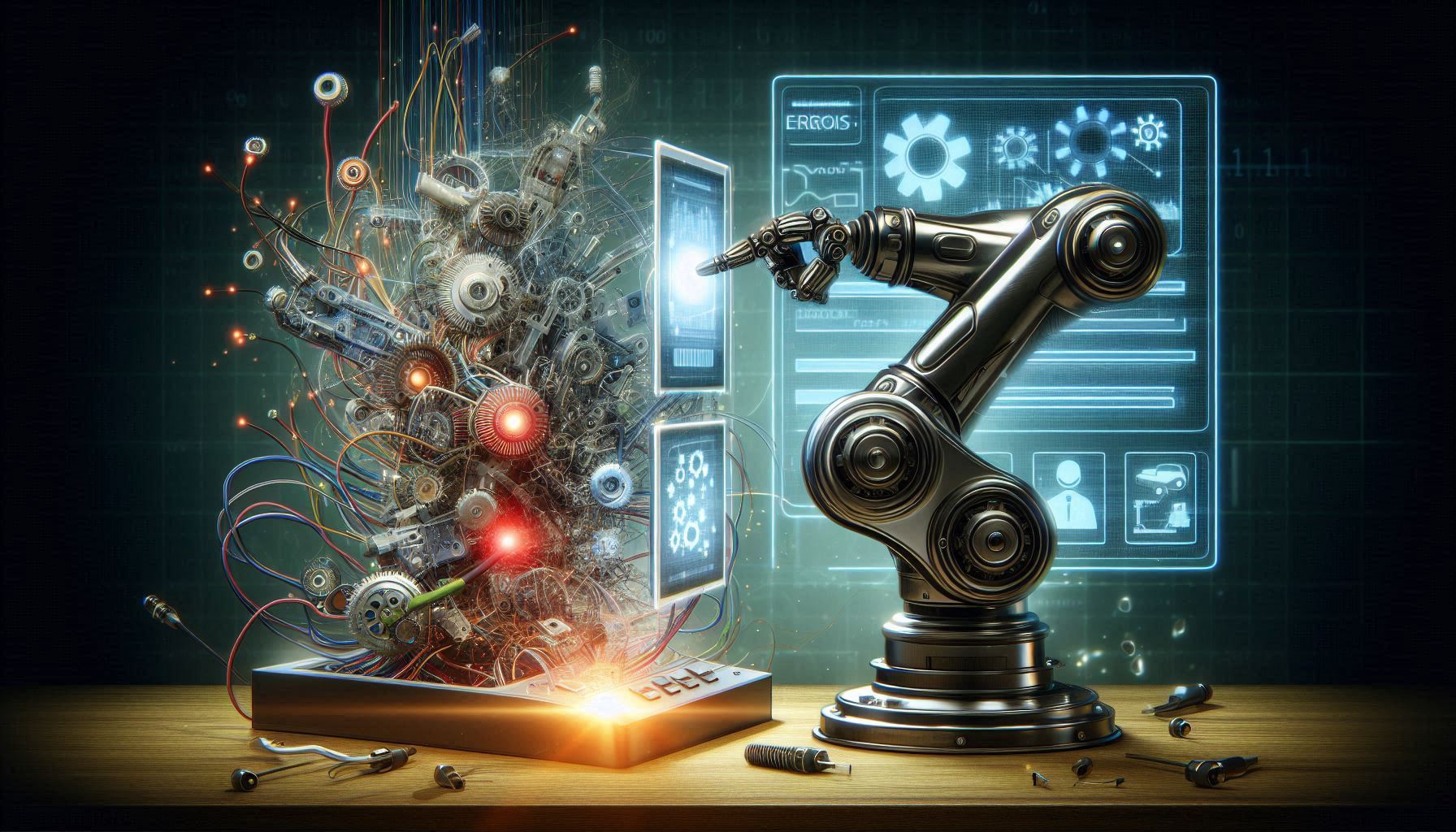In the early 2000s, as the dot-com bubble burst, I found myself without an assignment as a software development consultant. My firm, scrambling to keep people employed, placed me in an unexpected role: a hardware testing lab at a telecommunications company.

The lab tested cable boxes and was the last line of defense before new devices and software were released to customers. These tests consisted of following steps in a script tracked in Microsoft Excel to validate different features and functionality and then marking the row with an “x” in the “Pass” or “Fail” column.
A few days into the job, I noticed that, after they had completed a test script, some of my colleagues would painstakingly count the “x” in each column and then populate the summary at the end of the spreadsheet.
“You know, Excel can do that for you, right?” I offered, only to be met with blank stares.
“Watch.”
I showed them how to use simple formulas to tally results and then added conditional formatting to highlight failed steps automatically. These small tweaks eliminated tedious manual work, freeing testers to focus on more valuable tasks.
That small win led to a bigger challenge. My manager handed me an unopened box of equipment—an automated testing system that no one had set up.
“You know how to write code,” he said. “See if you can do something with that.”
Inside were a computer, a video capture card, an IR transmitter, and an automation suite for running scripts written in C. My first script followed the “happy path,” assuming everything worked perfectly. It ran smoothly—until it didn’t. When an IR signal was missed, the entire test derailed, failing step after step.
To fix it, I added verification steps after every command. If the expected screen didn’t appear, the script would retry or report a failure. Over weeks of experimentation, I built a system that ran core regression tests automatically, flagged exceptions, and generated reports.
When I showed my manager the result, he was amazed as he watched the screen. As if by magic, the cable box navigated to different screens and tested various actions. At the end of the demo, he was impressed and directed me to automate more tests.
What he didn’t see in the demo was the effort behind the scenes—the constant tweaking, exception handling, and fine-tuning to account for the messy realities of real-world systems.
The polished demo sent a simple message:
Automation is here. No manual effort is needed.
But that wasn’t the whole story. Automation, while transformative, is rarely as effortless as it appears.
Operator: Automation’s New Chapter
The lessons I learned in that testing lab feel eerily relevant today.
In January 2025, OpenAI released Operator. According to OpenAI1:
Operator is a research preview of an agent that can go to the web to perform tasks for you. It can automate various tasks—like filling out forms, booking travel, or even creating memes—by remotely interacting with a web browser much as a person would, via mouse clicks, scrolling, and typing.
When I saw OpenAI’s announcement, I had déjà vu. Over 20 years ago, I built automation scripts to mimic how customers interacted with cable boxes—sending commands, verifying responses, and handling exceptions. It seemed simple in theory but was anything but in practice.
Now, AI tools like Operator promise to navigate the web “just like a person,” and history is repeating itself. The demo makes automation look seamless, much like mine did years ago. The implicit message is the same:
Automation is here. No manual effort is needed.
But if my experience in test automation taught me anything, it’s that a smooth demo hides a much messier reality.
The Hidden Complexity of Automation

At a high level, Operator achieves something conceptually similar to what I built for the test lab—but with modern machine learning. Instead of writing scripts in C, it combines large language models with vision-based recognition to interpret web pages and perform actions. It’s a powerful advancement.
However, the fundamental challenge remains: the real world is unpredictable.
In my cable box testing days, the obstacles were largely technological. The environment was controlled, the navigation structure was fixed, and yet automation still required extensive validation steps, exception handling, and endless adjustments to account for inconsistencies.
With Operator, the automation stack is more advanced, but the execution environment—the web—is far less predictable. Websites are inconsistent. Navigation is not standardized. Pages change layouts frequently, breaking automated workflows. Worse, many sites actively fight automation with CAPTCHAs2, anti-bot measures, and dynamic content loading. While automation tools like Operator try to solve these anti-bot techniques, their effectiveness and ethics are still debatable.3,4
The result is another flashy demo in a controlled environment with a much more “brittle and occasionally erratic”5 behavior in the wild.
The problem isn’t the technology itself—it’s the assumption that automation is effortless.
A Demo Is Not Reality
Like my manager, who saw a smooth test automation demo and assumed we could apply it to every test, many will see the Operator demo and believe AI agents are ready to replace manual effort for every use case.

The question isn’t whether Operator can automate tasks—it clearly can. But the real challenge isn’t innovation—it’s the misalignment between expectations and the realities of implementation.
Real-world implementation is messy. Moving beyond controlled conditions, you run into exceptions, edge cases, and failure modes requiring human intervention. It isn’t clear if companies understand the investment required to make automation work in the real world. Without that effort, automation promises will remain just that—promises.
Many companies don’t fail at automation because the tools don’t work—they fail because they get distracted by the illusion of effortless automation. Without investment in infrastructure, data, and disciplined execution, agents like Operator won’t just fail to deliver results—they’ll pull focus away from the work that matters.
- https://help.openai.com/en/articles/10421097-operator
↩︎ - A CAPTCHA (Completely Automated Public Turing test to tell Computers and Humans Apart) is a security feature used on websites to differentiate between human users and bots. It typically involves challenges like identifying distorted text, selecting specific objects in images, solving simple math problems, or checking a box (“I’m not a robot”). ↩︎
- https://www.verdict.co.uk/captcha-recaptcha-bot-detection-ethics/?cf-view ↩︎
- https://hackernoon.com/openais-operator-vs-captchas-whos-winning ↩︎
- https://www.nytimes.com/2025/02/01/technology/openai-operator-agent.html ↩︎


